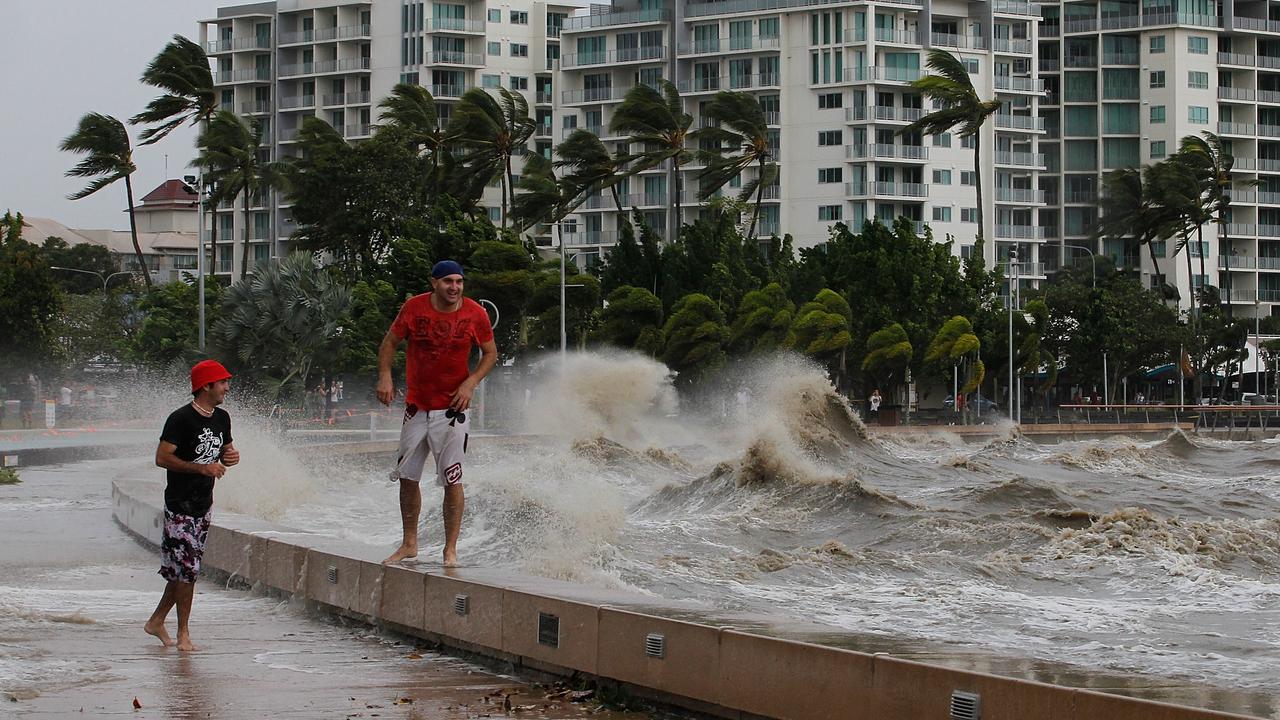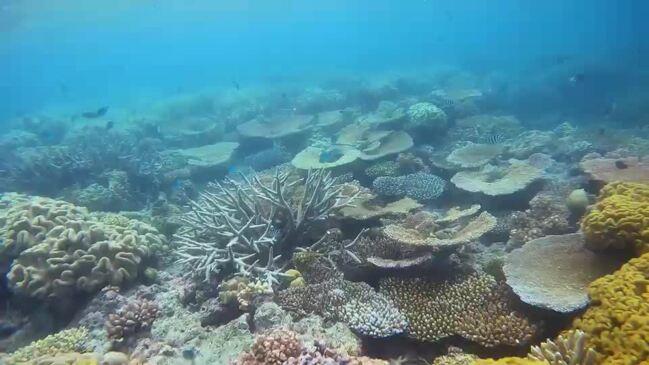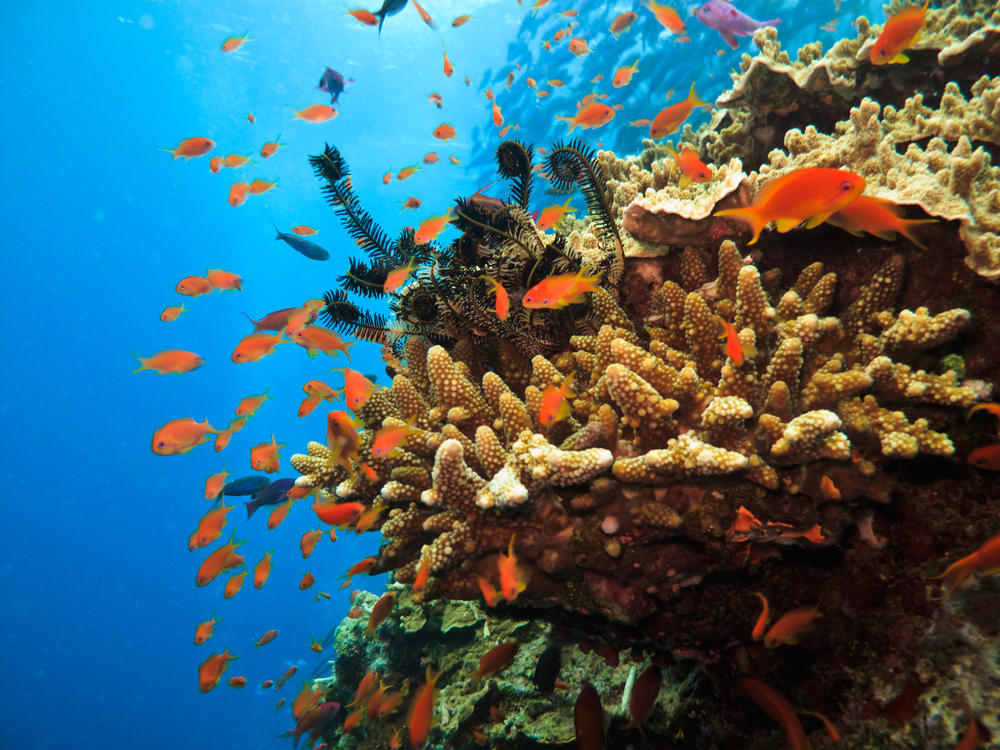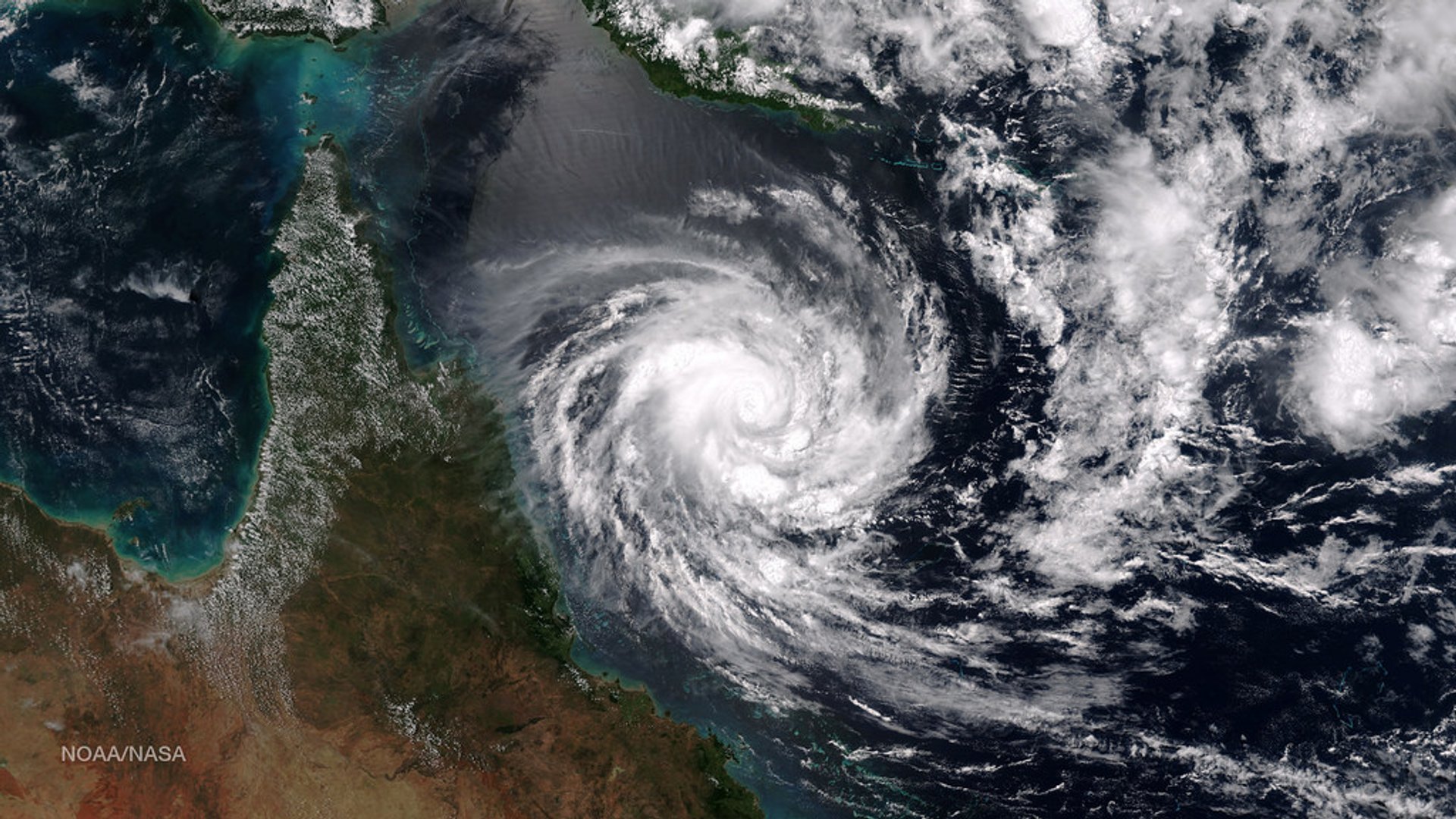The Great Barrier Reef is one of the world’s most spectacular natural wonders. Over the years it has faced so many challenges from bleaching and pollution to cyclones.

Cairns lagoon during Cyclone Jasper
The Reef resilience is amazing and the fact it’s still one of the most beautiful places on earth is a testament to its ability to adapt and recover.

The Reef after cyclone Jasper 2024
Cyclone Jasper in January 2024 passed through Cairns, and many visitors did wonder how this would affect the Reef. Remember cyclones and storms are a natural event in the monsoon season and are part of the Reef’s life cycle. Imagine it’s like putting the Coral through a thorough washing cycle. So whilst these storms can cause damage to the reef, they also play a crucial role in its rejuvenation. The nutrient-rich waters brought by a cyclone provide a feast for the diverse marine life that calls the reef home.
It generally takes 3 or 4 days for the seas to settle down, and the visibility to improve. The once-pristine coral formations may appear battered and bruised, and their vibrant colours temporarily subdued. However, this apparent devastation tells only part of the story. As the sediment settles, it reveals the Corals strength, and a fascinating process of regeneration unfolds.
The GBR like any living organism, has developed mechanisms to cope with adversity. The coral polys themselves start to rebuild the colony, clear away any sandy debris, and breathe life back into the system.

Diving after a cyclone you may see some coral damage, but it will be teeming with life. Giant clams will still be a colourful experience and seem unaffected by the storms. Divers may also encounter unexpected visitors. Sea turtles, sharks, and rays are drawn to the buffet of nutrients brought to the surface by the storm.
Whilst the overnight boats do return to the safety of Port in the event of a cyclone, they return to the Reef the day after a cyclone has passed, and things get back to normal pretty quickly.
While diving the Great Barrier Reef after a cyclone provides a front-row seat to the cycle of destruction and rebirth, it also serves as a poignant reminder of the urgent need for conservation. Climate change, pollution, and overfishing pose ongoing threats to this delicate ecosystem. The resilience of the reef, however, highlights the importance of collective efforts to protect and preserve this natural wonder for future generations.
Called hurricanes or tornadoes in the northern hemisphere. Cyclones develop from low-pressure systems that develop over warm oceans in the tropics, and generally intensify over several days, generating severe winds, strong rain and flooding. Cyclones produce very strong and potentially destructive winds that rotate clockwise around a calm centre (the ‘eye’).
Whilst not common around the Cairns and Tropical North areas they are part of the monsoon season which can start early December and run through until March.
Several cyclones will form in the north each year however they may not all make landfall (cross the coast) or impact the Cairns area. Active cyclones in the broader region may however bring periods of strong winds, heavy rain and flash flooding to Cairns.
If visiting Cairns during monsoon season just be prepared for heavy rains (rains don’t really affect the dive trips in fact they can settle the seas!). It’s the winds that are the problem.
Several clones will form in the north each year however they may not all make landfall (cross the coast) or impact the Cairns area. Active cyclones in the broader region may however bring periods of strong winds, heavy rain and flash flooding to Cairns.
